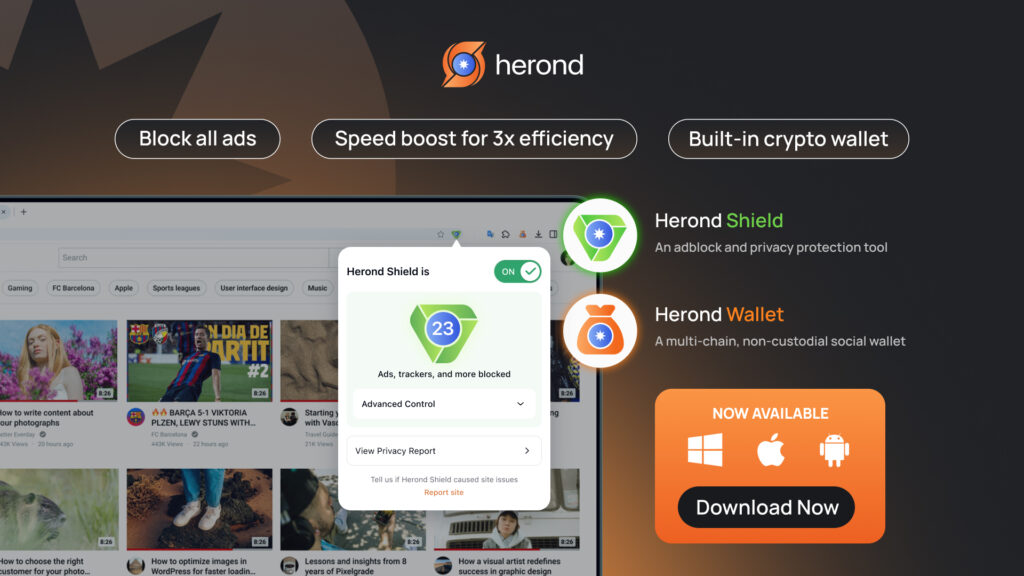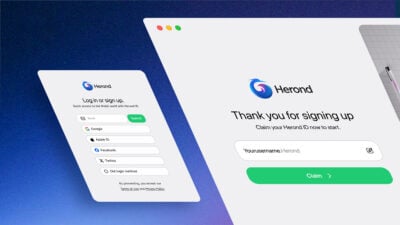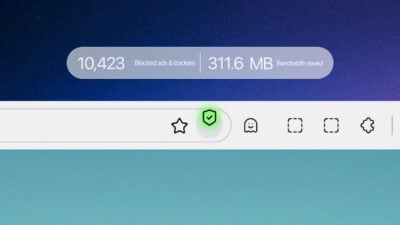Are you trying to decide between Google Meet vs Zoom for your online meetings or virtual classes? With the explosion of remote work and online learning, choosing the right video conferencing tool is more crucial than ever. This article will dive deep into a Google Meet vs Zoom comparison and overall user experience, to help you make the best decision.
Overview of Google Meet and Zoom
Google Meet
Developed by Google, integrated with Google Workspace
Google Meet, developed by the tech giant Google, is a core component of Google Workspace, offering seamless integration with tools you already use, like Gmail, Calendar, and Drive. This deep ecosystem integration makes it incredibly convenient for businesses and individuals already embedded in Google’s cloud services, often being the default choice for quick, efficient virtual connections without needing to switch platforms.

Known for simplicity, security, and seamless Google ecosystem integration
Renowned for its simplicity and robust security features, Google Meet prioritizes user-friendliness and data protection. Its intuitive interface allows for quick meeting setup and participation, reducing the learning curve for new users. Furthermore, Google’s strong security infrastructure helps ensure that your conversations and data remain private and secure. Therefore, addressing critical concerns for any user weighing Google Meet vs Zoom for sensitive communications.
Zoom
Independent platform, popular for versatility and robust features
Zoom stands out as an independent platform renowned for its versatility and robust feature set, making it a strong contender in the ongoing Google Meet vs Zoom debate. Unlike integrated solutions, Zoom’s standalone nature has allowed it to develop a broad array of functionalities, from advanced meeting controls like breakout rooms and webinars to extensive customization options for virtual backgrounds and in-meeting chat, catering to diverse communication needs across various user types and industries.
Widely used across industries for meetings, webinars, and events
Zoom’s widespread adoption across numerous industries – including corporate, education, healthcare, and event management – underscores its adaptability for everything from daily team meetings to large-scale webinars and virtual events. Its comprehensive suite of tools for hosting, managing, and engaging participants has made it a go-to solution for organizations seeking powerful and flexible video conferencing capabilities, often being preferred for more complex or external-facing communications when comparing Google Meet vs Zoom
Brief history and market positioning in 2025
Looking at its market positioning in 2025, Zoom rapidly ascended to prominence, especially during the pandemic, solidifying its place as a household name in video conferencing. While maintaining a significant market share, Zoom is actively expanding beyond its core meeting functionalities. This strategic evolution into a broader AI-powered collaboration platform, focusing on agentic AI capabilities and a “Workplace” suite. Zoom aims to redefine its market position and compete more directly with comprehensive ecosystems like Google Workspace and Microsoft 365 in the competitive Google Meet vs Zoom landscape.
Feature Comparison: Google Meet vs Zoom
| Feature | Google Meet | Zoom |
| Meeting Capacity | Up to 1,000 participants with enterprise-level plans, ideal for large corporations, educational institutions, or significant online events within Google Workspace. | Up to 1,000 participants with specific add-ons or higher-tier plans, suitable for webinars, conferences, and virtual events across diverse industries. |
| Video and Audio Quality | HD video with AI-driven intelligent noise cancellation and auto-lighting adjustments for optimal appearance in varying conditions. | HD video with advanced audio controls, echo cancellation, background noise suppression, and customizable virtual backgrounds for privacy and personalization. |
| Screen Sharing and Collaboration | Screen sharing (entire screen, specific window, or Chrome tab) with Jamboard integration (third-party whiteboard integrations promoted as Jamboard winds down in 2025) and real-time live captions for accessibility. | Versatile screen sharing (desktop, applications, or screen portions), native whiteboard for collaborative brainstorming, and breakout rooms for private, focused discussions. |
| Recording and Transcription | Integrated recording for higher-tier Google Workspace plans with auto-transcription for searchable, accessible meeting content. | Local and cloud recording options (cloud with paid plans) and transcription features with paid subscriptions for comprehensive meeting documentation. |
| Integrations | Deep integration with Google ecosystem (Google Calendar, Drive, Gmail) for seamless scheduling, document sharing, and meeting access. | Extensive third-party integrations via Zoom Marketplace, including Slack, Microsoft Teams, CRM, and project management tools, for flexible workflow compatibility. |
Pricing and Plans: Google Meet vs Zoom
Google Meet
For users weighing Google Meet vs Zoom based on cost, Google Meet provides a robust free plan that allows for group meetings of up to 60 minutes with up to 100 participants. This makes it an excellent choice for individuals, small teams, or casual calls, especially given its seamless integration. Beyond this generous free offering, advanced features, extended meeting durations (up to 24 hours), and increased participant limits are accessible through various Google Workspace paid plans. This includes Business Starter, Standard, and Plus tiers, providing scalable solutions for growing businesses and enterprises.

Zoom
For users comparing Google Meet vs Zoom based on cost and accessibility, Zoom offers a popular free plan that accommodates up to 100 participants, though group meetings are limited to a 40-minute duration. This generous free tier has contributed significantly to Zoom’s widespread adoption for personal use, small team collaborations, and short virtual sessions, making it a highly accessible entry point into video conferencing. For more extensive needs, Zoom provides scalable paid plans, including Pro, Business, and Enterprise tiers, increases participant capacity, and unlock a wide array of advanced features such as cloud recording, comprehensive administrative controls, and dedicated customer support.
Usability and User Experience
Google Meet
For users prioritizing ease of access in the Google Meet vs Zoom comparison, Google Meet offers a distinct advantage by being entirely browser-based, eliminating the need for any app downloads or installations. This frictionless entry point is particularly intuitive for individuals already familiar with the Google ecosystem. Users can simply click a meeting link from Google Calendar or Gmail while they’re instantly in the meeting. This makes an incredibly convenient option for quick, spontaneous calls and for external participants who might not want to download additional software.

Zoom
One of Google Meet‘s significant strengths is its minimal learning curve, making it ideal for rapid setup and immediate use. Its clean, uncluttered interface focuses on core functionalities like video, audio, and screen sharing, presented in an easy-to-understand layout. This straightforward design ensures that even first-time users can quickly navigate meeting controls and participate effectively, reducing onboarding time and allowing teams to jump straight into productive conversations without extensive training, a key benefit in Google Meet vs Zoom ease-of-use analysis.
Mobile experience
| Feature | Google Meet | Zoom |
| App Availability | Dedicated apps for Android and iOS, offering a consistent experience across devices. | Dedicated apps for Android and iOS, widely available and user-friendly. |
| Ease of Use | Intuitive interface with seamless integration into Google Workspace (e.g., Google Calendar, Gmail). Users can join meetings with a single tap from calendar invites. Minimalistic settings for straightforward navigation. | User-friendly but slightly more complex due to extensive features. Requires app download for hosting/scheduling, though joining is possible via browser. More options can lead to occasional navigation challenges. |
| Feature Parity with Desktop | Offers nearly identical functionality on mobile as desktop, including hosting, joining, and managing meetings (e.g., muting, screen sharing). Automated mic/camera checks enhance user experience. | Limited host controls on mobile phones compared to desktop (e.g., no polls, breakout rooms, or public streaming). Advanced features like annotations and virtual backgrounds are available but less comprehensive. |
| Screen Sharing | Supports screen sharing on mobile, including entire screens, specific apps, or Chrome tabs (with audio for tabs). Limited to 720p for shared content. | Robust screen sharing on mobile, including entire screens, specific apps, or content from a second camera. Supports 1080p for shared content, offering higher resolution. |
| Performance and Stability | Adapts well to low-bandwidth connections (as low as 128 Kbps), reducing data usage and call drops, ideal for mobile networks. | Higher bandwidth usage (up to 3 Mbps at 1080p) but adjusts quality dynamically. Smoother video performance on mobile with richer controls. |
Best Use Cases: When to Choose Google Meet or Zoom
Google Meet
Google Meet stands out as the ideal solution for organizations and individuals deeply integrated into the Google Workspace ecosystem. Its seamless connection with Google Calendar, Gmail, and Drive makes it perfect for small teams and casual internal meetings that prioritize streamlined workflows and ease of use. Furthermore, for educational institutions leveraging Google Classroom, Meet offers a compelling advantage with its tight integration, simplifying virtual class management and fostering interactive learning, positioning it as a strong contender in the Google Meet vs Zoom comparison for both business and academic environments.

Zoom
When evaluating Google Meet vs Zoom for high-impact virtual events, Zoom truly excels as the go-to solution for large webinars and complex meetings that demand advanced features like breakout rooms. Its robust functionality allows hosts to meticulously manage participants, facilitate interactive discussions in smaller groups, and deliver professional presentations to vast audiences. This makes it a preferred platform for event organizers, large enterprises, and organizations operating outside a strictly Google-centric ecosystem, where versatility and specialized tools for comprehensive virtual engagement are paramount.
Conclusion
In the Google Meet vs Zoom showdown, the ultimate winner hinges on your specific needs. Google Meet shines for its seamless integration within Google Workspace, making it ideal for Google-centric teams and education. Conversely, Zoom excels with its rich feature set, including breakout rooms and extensive third-party integrations, catering to large webinars, complex meetings, and diverse tech ecosystems. Choose Google Meet for unified Google workflows and everyday ease, or Zoom for advanced functionality and broad compatibility. Always check official sites for the latest pricing and features to make the best decision for your unique requirements.
About Herond
Herond Browser is a cutting-edge Web 3.0 browser designed to prioritize user privacy and security. By blocking intrusive ads, harmful trackers, and profiling cookies, Herond creates a safer and faster browsing experience while minimizing data consumption.
To enhance user control over their digital presence, Herond offers two essential tools:
- Herond Shield: A robust adblocker and privacy protection suite.
- Herond Wallet: A secure, multi-chain, non-custodial social wallet.
As a pioneering Web 2.5 solution, Herond is paving the way for mass Web 3.0 adoption by providing a seamless transition for users while upholding the core principles of decentralization and user ownership.
Have any questions or suggestions? Contact us:
- On Telegram https://t.me/herond_browser
- DM our official X @HerondBrowser
- Technical support topic on https://community.herond.org








